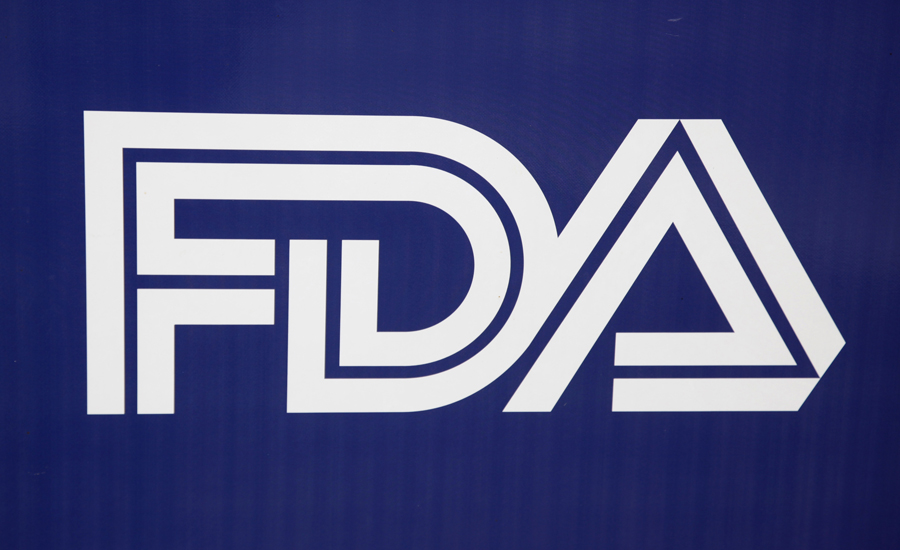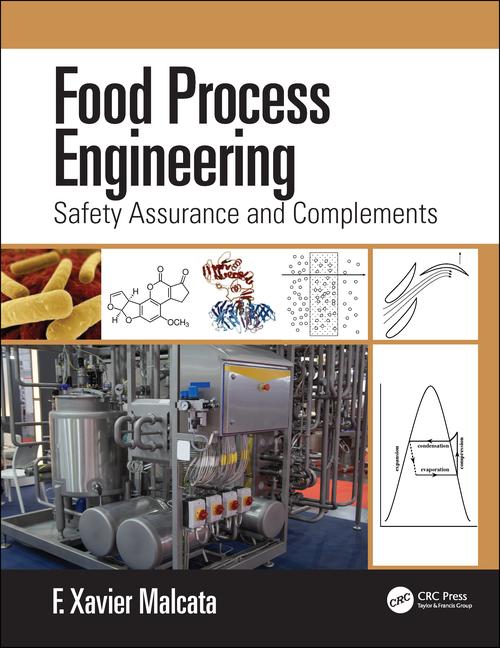TECH FLASH
Food Safety Challenge winners announced
Winners of FDA’s 2014 Food Safety Challenge developed innovative technologies to detect Salmonella in food.

Purdue University was named the grand prize winner of FDA’s 2014 Food Safety Challenge—a competition to advance breakthrough ideas on how to find disease-causing organisms in food, especially Salmonella in fresh produce. As the winner, Purdue received $300,000 for its submission, “Physical method for concentrating Salmonella to detectable levels using automated microfiltration.” According to FDA, this innovation uses miniscule filters to capture small numbers of foodborne pathogens in large volumes of liquid suspensions.
Pronucleotein Inc. was the runner-up for its entry, “DNA aptamer-magnetic bead sandwich assays used to detect foodborne pathogens with a handheld fluorescence reader,” for which it received $100,000. This innovation uses small strands of DNA bound to magnets to capture foodborne pathogens, which are then tagged with pigments that light up and can be detected.
“We are truly impressed by the number and quality of submissions we received as part of the FDA 2014 Food Safety Challenge, and we are excited to announce the winners who demonstrated the most promising ideas for fighting foodborne illness throughout the course of the challenge,” said Palmer Orlandi, FDA acting chief science officer and research director in the Office of Foods and Veterinary Medicine. “These breakthrough concepts for detecting foodborne pathogens in fresh produce and other foods will help ensure quicker detection of problems in our food supply and help prevent foodborne illnesses.”
The annual challenge was developed through the America COMPETES Reauthorization Act of 2010. The act grants all federal agencies broad authority to conduct prize competitions to spur innovation, solve tough problems and advance their core missions.
FDA says it intends to continue working with the winners and finalists to refine their technologies for potential use in FDA testing processes.
Though the American food supply is thought to be among the safest in the world, CDC estimates one in six Americans are sickened by foodborne illnesses each year. It is estimated the overall negative economic impact of foodborne illness in the United States, including medical costs, quality-of-life losses, lost productivity and lost life expectancy, may be as high as $77 billion per year. Salmonella is the leading cause of deaths and hospitalizations related to foodborne illness; it is estimated to cause 380 deaths and 19,000 hospitalizations in the US each year. Contaminated produce is responsible for nearly half the foodborne illnesses and almost a quarter of foodborne-related deaths.
“These innovative concepts coupled with the FDA’s current testing procedures and capabilities could transform food testing and reduce the overall negative economic impact foodborne illnesses have in the United States,” FDA says.
More information on the Food Safety Challenge can be found here.
Looking for a reprint of this article?
From high-res PDFs to custom plaques, order your copy today!









